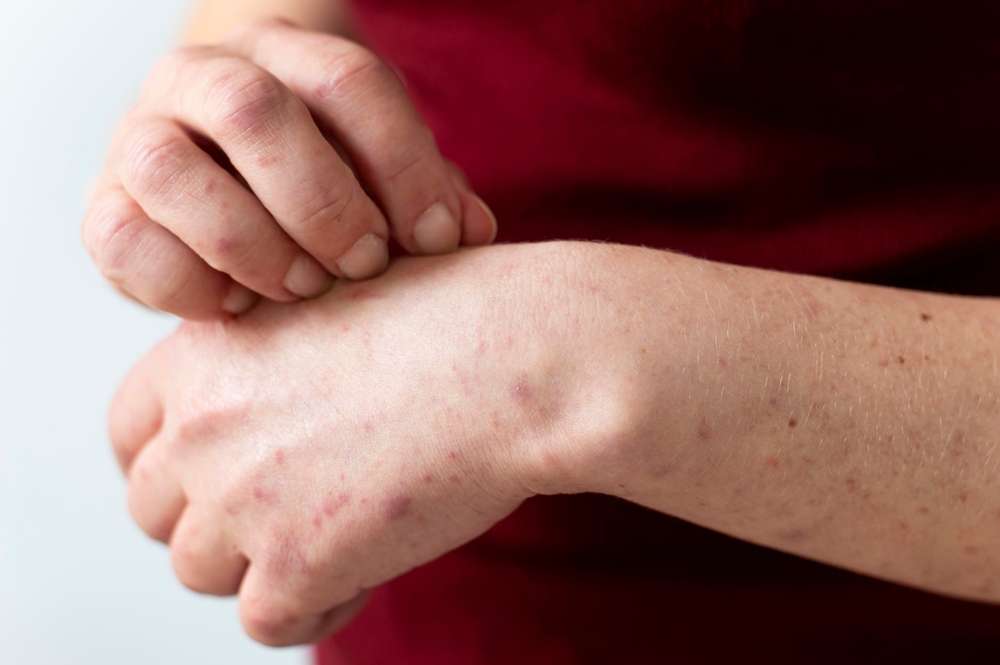Demystifying Skin Rashes: Causes, Symptoms, and Solutions
Skin rashes affect countless individuals globally, presenting as diverse conditions ranging from mild irritations to severe outbreaks. This comprehensive guide delves into the multifaceted world of skin rashes, offering invaluable insights into their origins, telltale signs, and effective management strategies. Discover how to identify, treat, and prevent these common yet often misunderstood skin disturbances, empowering yourself with knowledge for healthier, more comfortable skin.

Skin rashes are widespread dermatological issues that can significantly impact one’s quality of life. Understanding their underlying causes, recognizing symptoms, and knowing effective treatment options are crucial steps in managing these conditions. Let’s explore the complexities of skin rashes and equip you with the knowledge to tackle them effectively.
Unraveling the Causes of Skin Rashes
Skin rashes can stem from a variety of sources, each potentially requiring a different approach to treatment:
-
Allergic reactions: Common allergens like foods, medications, or environmental factors can trigger skin rashes.
-
Contact with irritants: Everyday substances such as soaps, detergents, or plants may cause skin irritation upon contact.
-
Microbial invasions: Bacterial, viral, or fungal infections can manifest as various types of skin rashes.
-
Autoimmune responses: Disorders like lupus or psoriasis can result in chronic, recurring skin rashes.
-
Environmental factors: Excessive heat and humidity can lead to conditions like heat rash.
-
Psychological influences: Stress and anxiety can exacerbate existing skin conditions or trigger new outbreaks.
-
Genetic predisposition: Some skin conditions, such as eczema, have a hereditary component.
Identifying the root cause of a skin rash is essential for determining the most suitable treatment plan and preventing future occurrences.
Recognizing Different Types of Skin Rashes
Distinguishing between various skin rashes is crucial for accurate diagnosis and effective treatment. Here are some common types and their characteristic features:
-
Atopic dermatitis (eczema): Presents as dry, itchy, and inflamed skin, often appearing in patches on the body.
-
Urticaria (hives): Manifests as raised, red, itchy welts that can appear suddenly and change location rapidly.
-
Psoriasis: Characterized by thick, red, scaly patches, typically found on elbows, knees, and scalp.
-
Contact dermatitis: Appears as a red, itchy rash caused by direct contact with an irritant or allergen.
-
Rosacea: Features facial redness and small bumps, often triggered by specific foods or environmental factors.
-
Herpes zoster (shingles): Presents as a painful, blistering rash, typically appearing as a strip on one side of the body.
While some rashes are easily identifiable, others may require professional medical evaluation for an accurate diagnosis.
Effective Treatment Strategies for Skin Rashes
Treatment approaches for skin rashes vary depending on the underlying cause and severity of the condition. Here are some common strategies:
-
Topical applications: Over-the-counter or prescription creams, ointments, or lotions can help alleviate itching, inflammation, and other symptoms.
-
Oral medications: Antihistamines, corticosteroids, or antibiotics may be prescribed for certain types of rashes.
-
Lifestyle adjustments: Avoiding triggers, maintaining proper hygiene, and managing stress can help prevent and control skin rashes.
-
Natural remedies: Some individuals find relief with natural treatments such as aloe vera gel, colloidal oatmeal baths, or cool compresses.
-
Light therapy: Controlled exposure to ultraviolet light can be beneficial for certain chronic skin conditions.
-
Immunomodulating drugs: For severe autoimmune-related rashes, medications that regulate the immune system may be necessary.
Always consult with a healthcare professional before starting any treatment regimen, especially for persistent or severe rashes.
Preventive Measures for Skin Rashes
While not all skin rashes can be prevented, you can take several steps to reduce your risk:
-
Identify and avoid triggers: Keep a journal to track substances or situations that cause your skin to react.
-
Practice good skin hygiene: Regular cleansing and moisturizing can help maintain a healthy skin barrier.
-
Choose gentle products: Opt for hypoallergenic, fragrance-free skincare and laundry products to minimize irritation.
-
Implement stress management techniques: Incorporate practices like meditation, deep breathing, or yoga into your routine.
-
Stay well-hydrated: Proper hydration is essential for maintaining healthy skin.
-
Protect against sun damage: Use broad-spectrum sunscreen and wear protective clothing to prevent sun-induced rashes.
By incorporating these preventive measures into your daily life, you can significantly reduce the likelihood of developing skin rashes.
When to Seek Medical Attention
While many skin rashes are benign and resolve on their own, certain situations warrant immediate medical attention:
-
The rash is accompanied by fever, severe pain, or breathing difficulties.
-
You notice rapid spreading or extensive coverage of the rash.
-
The affected area begins to blister, ooze, or develop open sores.
-
Signs of infection appear, such as increased redness, warmth, or discharge.
-
The rash persists for several days without improvement.
-
You have a known allergy and suspect exposure to the allergen.
When in doubt about the severity of your rash or if it’s causing significant discomfort, it’s always best to consult with a healthcare professional for proper evaluation and treatment.
In conclusion, skin rashes are complex dermatological conditions that can significantly impact an individual’s well-being. By understanding their diverse causes, recognizing symptoms, and familiarizing yourself with treatment options, you can better manage and prevent these troublesome skin disorders. Remember that while many rashes are harmless, some can indicate more serious underlying conditions. Always seek professional medical advice for persistent or concerning skin issues to ensure proper diagnosis and treatment.
This article is intended for informational purposes only and should not be considered a substitute for professional medical advice. Always consult with a qualified healthcare provider for personalized guidance and treatment options.






